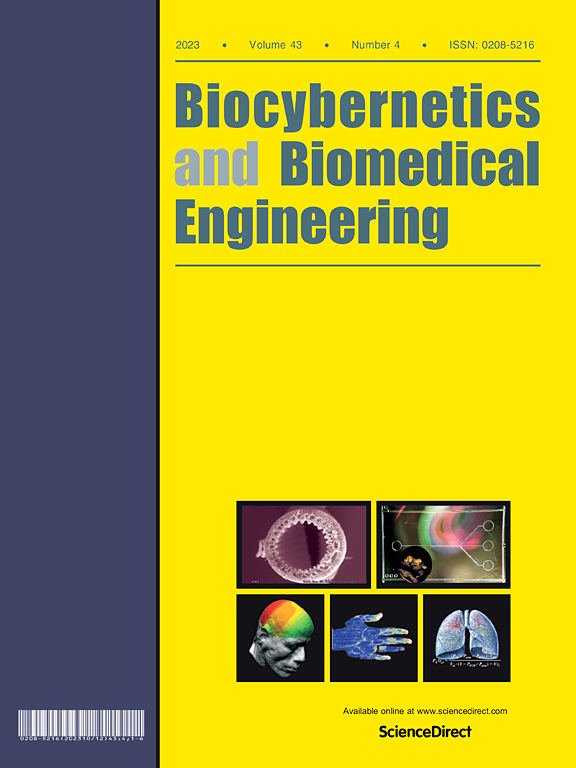量身定制的3D显微模型:类器官定量相位断层扫描分析的重要工具
IF 6.6
2区 医学
Q1 ENGINEERING, BIOMEDICAL
引用次数: 0
摘要
我们提出了一种新的方法,用于基准测试和验证定量相断层扫描(QPT)系统使用三维显微成像。这些微型模型是根据生物和成像数据制作的,复制了多细胞生物样本的光学和结构特性。它们的制造具有亚微米级的折射率调制,是通过双光子聚合实现的。我们通过在三种不同的QPT系统中对健康和肿瘤肝类器官幻影进行循环测试,展示了我们技术的有效性。该测试揭示了在测量干质量和形貌时样品和系统相关的误差。这种方法构成了QPT超级幻影的发展-以数字和物理形式存在的测试对象,在健康或患病条件下复制标本的形态学和生理学相关方面,并在临床应用之前支持成像技术和方法的评估和改进。本文章由计算机程序翻译,如有差异,请以英文原文为准。
Tailored 3D microphantoms: An essential tool for quantitative phase tomography analysis of organoids
We present a novel approach for benchmarking and validating quantitative phase tomography (QPT) systems using three-dimensional microphantoms. These microphantoms, crafted from biological and imaging data, replicate the optical and structural properties of multicellular biological samples. Their fabrication featuring refractive index modulation at sub-micrometer details is enabled by two-photon polymerization. We showcase the effectiveness of our technique via a round-robin test of healthy and tumoral liver organoid phantoms across three different QPT systems. This test reveals sample- and system-dependent errors in measuring dry mass and morphology. This approach constitutes a development of super phantoms for QPT — test objects that exist in both digital and physical form, replicate both the morphology and relevant aspects of physiology in specimens under healthy or diseased conditions, and underpin the assessment and refinement of imaging technologies and methodologies prior to clinical application.
求助全文
通过发布文献求助,成功后即可免费获取论文全文。
去求助
来源期刊

Biocybernetics and Biomedical Engineering
ENGINEERING, BIOMEDICAL-
CiteScore
16.50
自引率
6.20%
发文量
77
审稿时长
38 days
期刊介绍:
Biocybernetics and Biomedical Engineering is a quarterly journal, founded in 1981, devoted to publishing the results of original, innovative and creative research investigations in the field of Biocybernetics and biomedical engineering, which bridges mathematical, physical, chemical and engineering methods and technology to analyse physiological processes in living organisms as well as to develop methods, devices and systems used in biology and medicine, mainly in medical diagnosis, monitoring systems and therapy. The Journal''s mission is to advance scientific discovery into new or improved standards of care, and promotion a wide-ranging exchange between science and its application to humans.
 求助内容:
求助内容: 应助结果提醒方式:
应助结果提醒方式:


